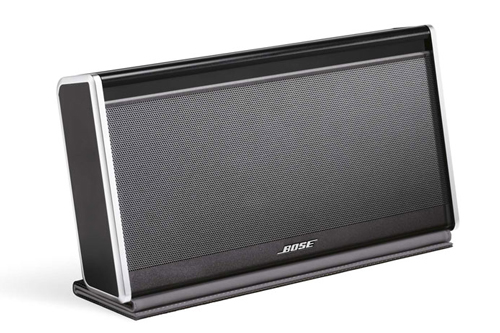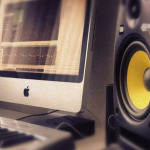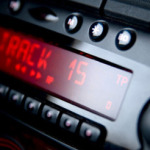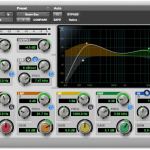 You just finished your latest mix and it’s really rocking. Deep lows, clear highs…It’s sounding amazing in your studio. But how do you know if it will translate well on other systems?
You just finished your latest mix and it’s really rocking. Deep lows, clear highs…It’s sounding amazing in your studio. But how do you know if it will translate well on other systems?
A good trick I always adopt to address this is to make use of a my iPod dock station. Pretty much anything small will be fine: from an old boombox to the a cheap micro Hi-Fi. In my case it’s a simple 10” by 4” box, but it has a great hidden power…
It’s the average of where people will listen to music on!
It’s all focused in the midrange with a really hyped yet unfocused low end. There are no tight bass or shiny highs on that device and this single thing will help your mixes dramatically!
Your Monitors Are Both Friends And Foes
If you listen to your work just on your expensive studio monitors, chances are they will sound good with almost anything you throw at them. Why? Because they’re so “perfect” they can actually reproduce all the frequencies with accuracy. Big punchy lows, clear mids, crisp highs…It’s all there.
But what happens if you play your song on a system with a limited frequency range, like many people do? How good will your tune play without all that edge above and all that thickness below, for instance?
That’s when my dock station comes into play.
I have it in a fixed spot, about 6.5 feet high on a shelf on the left. It is not a good position. I will say it’s a really a bad one actually, but this gives me a very good representation of the “real world”.
Even if the box is stereo, the 2 speakers are placed so close to each other that I’m actually listening to it in mono. On top of that, since it is placed that high, I’m not hearing what’s coming out the way I should (head in the center, tweeter at ear level…); I’m not adopted to that speakers and how the room reacts to them.
Mono Listening, Sound Pretty Screwed Up…
I know I’m hearing something that is really close to the worst case! I can’t hear details in here, I can’t tell for sure if there is a huge dip at 80Hz but I can spot if the mix is still sounding “full and complete” and, if not, I can quickly fix it. For instance, I can hear if the guitar solo is sticking out too much, if the low midrange needs a lift, if the voice is getting buried by something during the chorus…
That simple box will give me a vision on some things I may haven’t noticed before, then I can double check everything with my default setup and see if the clues were right.
This will save me a bunch of time I’d spent listening to it several times back and forth from my car. Most of the times I keep the “car radio test”, but if I’m on the run, I know I can trust my little box and feel confident about my mix.
Top Guys Are Doing The Same!
If you’re not really convinced about that, maybe this will help you set the flag…
Top mixing engineer Michael Brauer is using a very similar trick.
“My main monitors are ProAc 100s […] But most of my mixing is done listening to my little Sony boombox. It sits behind me, on my rack number two, about four-and-a-half feet up from my ears and six feet back, and I listen at a medium low level, which is really important to be able to hear accurately what’s going on” [Michael Brauer] .
Michael mixes almost the entire song using only a cheap boombox placed behind him! And he is not alone in this trend.
Even if those guys actually own super expensive monitors and equipment, they make use of really simple tricks like this one to craft their amazing sounds and make sure their work will be heard well outside. It should mean something, shouldn’t it?
Are you going to try this thing? Or perhaps you’re already accustomed to something similar?
Leave a comment below and let me know.





